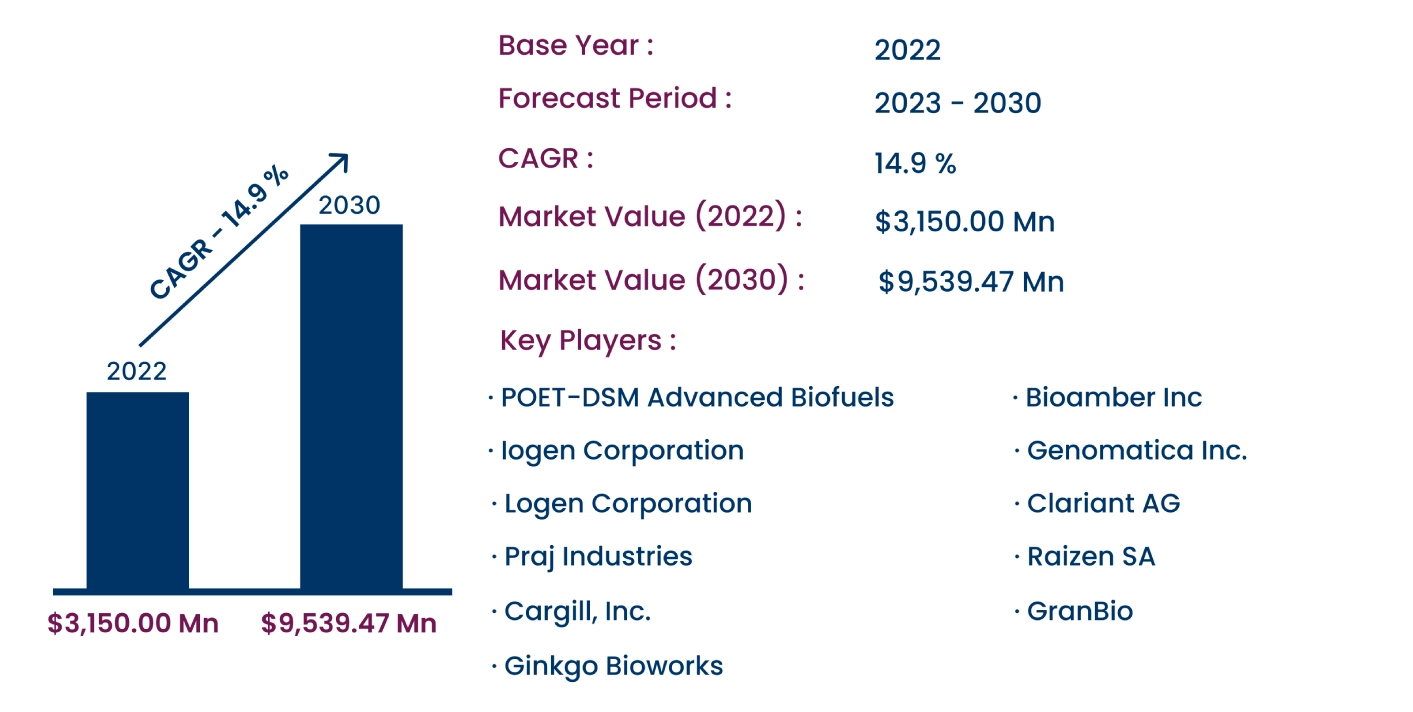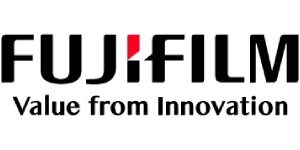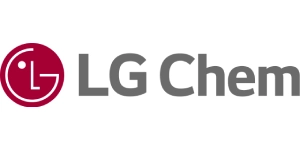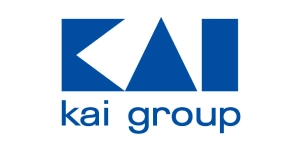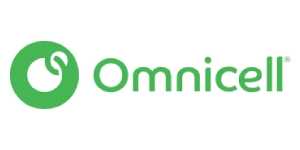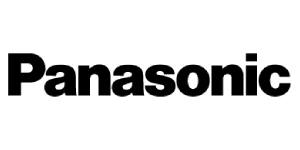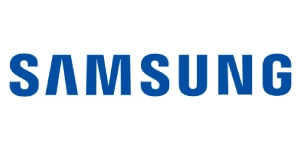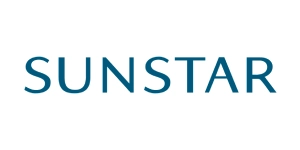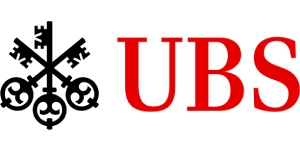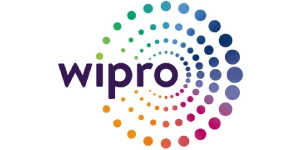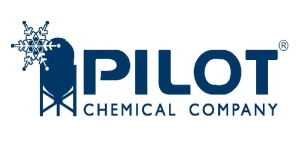Global Cellulosic Ethanol Market growing at a CAGR of 14.9% from 2023 to 2030
Category : Materials And Chemicals | Published Date : Aug 2024 | Type : Press Release
Cellulosic Ethanol Market Scope & Overview:
Cellulosic ethanol is a biofuel made from non-food plant sources like wood and grasses. It is produced by breaking down cellulose into sugars that can be fermented into ethanol. Unlike traditional ethanol, it has a lower impact on the food chain and helps reduce reliance on fossil fuels.
Consegic Business Intelligence analyzes that the Global Cellulosic Ethanol Market size was valued at USD 3,150.00 Million in 2022, and is expected to register a CAGR of 14.9% to reach USD 9,539.47 Million by 2030.
This report comprises Cellulosic Ethanol Market Share, Size & Industry Analysis, By Feedstock (Energy Crops, Agricultural Residues, Organic Municipal Solid Waste, Forest Residue, and Others), By Process (Dry Grind, Wet Mills, and Others), By Application (Industrial Solvents, Fuel & Fuel Additives, Beverages, Chemical Additives, and Others), By End-User Industry (Transportation, Energy, Chemicals, and Others), By Region (North America, Europe, Asia-Pacific, Latin America, and Middle East & Africa), and Forecast, 2023-2030.
This report contains detailed information on Cellulosic Ethanol Market Opportunities, Trends, Value, Growth Rate, Segmentation, Geographical Coverage, Company Profile, In-depth Expert Analysis, Revenue Forecast, Competitive Landscape, Growth Factors, Restraint or Challenges, Environment & Regulatory Landscape, PESTLE Analysis, PORTER Analysis, Key Technology Landscape, Value Chain Analysis, and Cost Analysis.
As per the report analysis, the increasing demand for biofuels is driving the growth of the Cellulosic Ethanol Market. As cellulosic ethanol is produced from plant cells, it is environmentally sustainable. It also generates lower greenhouse gases compared to other fuels.
Segmental Analysis :
The cellulosic ethanol market is segmented based on feedstock, process, application, end-user industry, and region.
Based on the feedstock, the market is segmented into Energy Crops, Agricultural Residues, Organic Municipal Solid Waste, Forest Residue, and Others.
- The agriculture residue segment accounted for the highest market share in 2022, as it is readily available and has a lower cost of conversion.
- Over the forecasted period, the energy crops segment is expected to witness the fastest CAGR as they are cheaper alternatives to fossil fuels and are beneficial due to their carbon neutrality.
Based on the process, the market is segmented into Dry Grind, Wet Mills, and Others.
- In 2022, the dry grind segment held the largest market share and is expected to grow with the fastest CAGR during the forecasted period. This is due to the benefits it offers such as cost efficiency, resource optimization, production efficiency, and higher ethanol yield.
Based on the application, the market is segmented into Industrial Solvents, Fuel & Fuel Additives, Beverages, Chemical Additives, and Others.
- The fuel & fuel additives segment held the largest market share and is anticipated to witness the fastest CAGR over the forecasted period. This is because cellulosic ethanol has a high octane number, and blends extensively well with gasoline.
Based on the end-user industry, the market is segmented into Transportation, Energy, Chemicals, and Others.
- The transportation segment held the largest market share in 2022 and is expected to register the fastest CAGR during the forecasted period as it is used as a fuel additive and helps to reduce air pollution caused by vehicle emissions.
By region, the market is segregated into regions including North America, Europe, Asia Pacific, Middle East and Africa, and Latin America.
- In 2022, North America accounted for the highest market share at 36.10%, valued at USD 1,137.15 million. It is projected to reach USD 3,462.83 million by 2030. Within North America, the U.S. held the highest market share of 64.30% in 2022. This is mainly because of the rising biofuel production in the region.
| Report Attributes | Report Details |
| By Feedstock | Energy Crops, Agricultural Residues, Organic Municipal Solid Waste, Forest Residue, and Others |
| By Process | Dry Grind, Wet Mills, and Others |
| By Application | Industrial Solvents, Fuel & Fuel Additives, Beverages, Chemical Additives, and Others |
| By Distribution Channel | Online (Company Website, and E-commerce Platform) and Offline (Hypermarket/Supermarket, Convenience Store, Specialty Store, Drug Store, and Health & Wellness Store) |
| By Region | North America(U.S., Canada, Mexico) Europe(U.K., Germany, France, Spain, Italy, Russia, Benelux, Rest of Europe) APAC(China, South Korea, Japan, India, Australia, ASEAN, Rest of Asia-Pacific) Middle East & Africa(GCC, Turkey, South Africa, Rest of MEA) LATAM(Brazil, Argentina, Chile, Rest of LATAM) |
Top Key Players & Competitive Landscape :
The competitive landscape encompasses major innovators, aftermarket service providers, industry giants, and niche players, all of which are thoroughly examined by Consegic Business Intelligence in terms of their strengths, weaknesses, and value-addition potential. This report includes detailed profiles of key players, market share analysis, mergers and acquisitions, resulting market fragmentation, and emerging partnership trends and dynamics.
List of prominent players in the Cellulosic Ethanol Industry:
- Logen Corporation
- Bioamber Inc.
- Genomatica Inc.
- Clariant AG
- GranBio
- POET-DSM Advanced Biofuels
- Raizen SA
- Praj Industries
- Cargill, Inc.
- Ginkgo Bioworks
Recent Industry Developments :
- In February 2021, Clariant AG, announced a partnership with Harbin Hulan Sino-Dan Jianye Bioenergy, for its sun liquid cellulosic ethanol technology.
- In March 2022, Raizen SA announced an investment of USD 395 million for the development of 2 new cellulosic ethanol manufacturing plants in São Paulo, Brazil.
